In 1923, a Smalqmx man, Paul Terbasket, was jailed for watering his fruit trees. This apricot tree is all that remains. She is a survivor.
Today, we planted 150 apricot rootstocks to bring her to new roots for new generations, and to heal an old wrong. In a strange but necessary dance of keeping healthy distances, we also planted 50 apple rootstocks, to replace the orchard cut down by technicians of the Sterile Insect Release Program (an anti-codling moth, or worm in the apple, initiative) in the mid-1990s, and the other one cut down by settler farmers in 1963 (codling moths, again). It was all work planned for late February but initiated now, because the Corona virus slowed the trees down at the border.
A flicker, a kingbird, a buzzard and a meadowlark kept their eyes on us. The cows got bored and left.
In the foreground is some Sinixt garlic from Inchelium, which we planted in the fall, to help bring the Sinixt home, and to provide the seed stock for a local Indigenous garlic culture. To reach this farm on Lower Similkameen Indian Band land, I drove for two hours through the abandoned ruins of a more technological civilization, listening to the radio, on which many of its representatives were talking about the need to move more fully into electronic life, and how the virus has sped up that process. This is what the old men are up to, though. By the way, codling moth was brought to the valley by settler farmers in 1923. Let’s hope that in 100 years some old guys are replanting after the new virus that has entered our country this year, and there are apricot trees all along here, and some winesap apples. Let’s hope. Thanks, Dixon. Thanks, Frank. Thank you, elders, for letting us bring new life to Paul’s tree.
Categories: Agriculture, Ethics, First Peoples, Indigenous Farming, Spirit


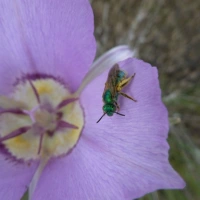
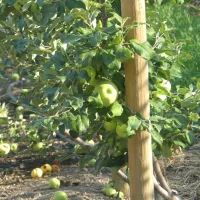
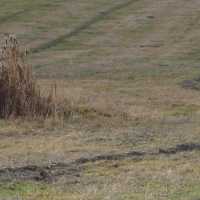
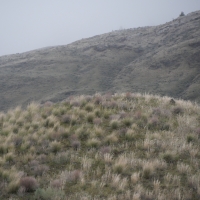
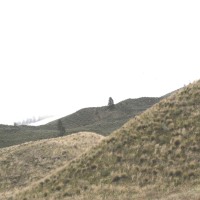

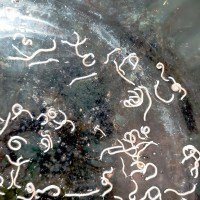

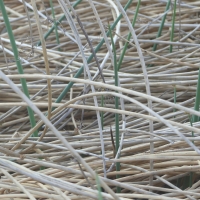
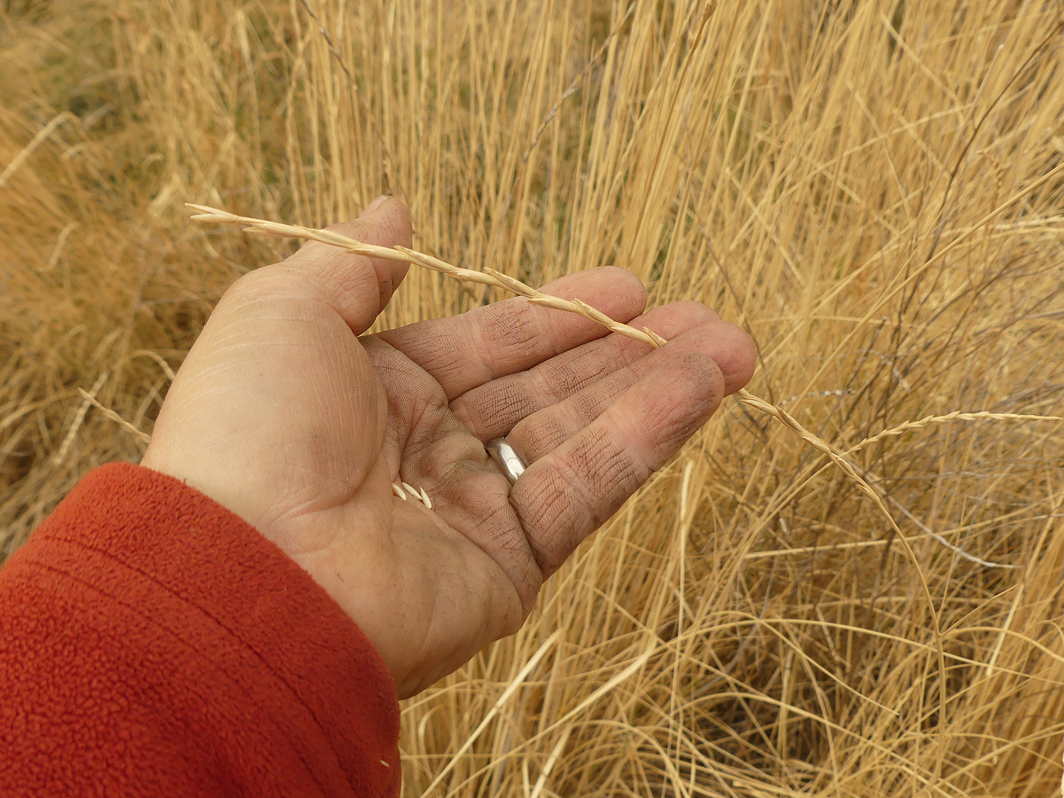




This is a beautiful and heartwarming story. Thank you.
LikeLike
Work well done, and a story beautifully told – thank you!
LikeLike
Thanks! Three cheers for apricots!
>
LikeLike
Thanks, Harold for your expertise a good visit it was, a 2-meter rule 🙂
LikeLike
But only 1-meter for the trees! 😉 Lucky them.
LikeLike